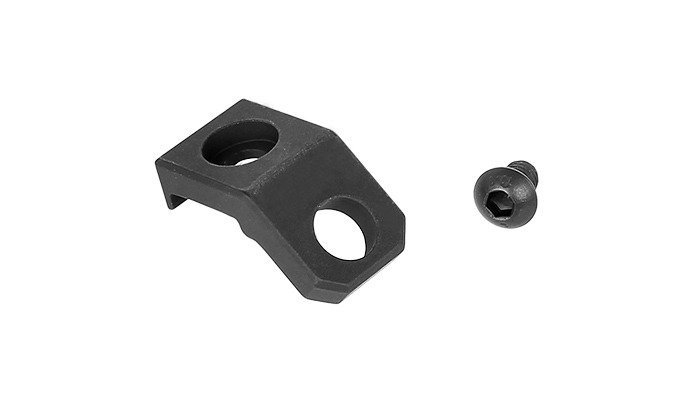

- Mad mount webdav client drivers#
- Mad mount webdav client password#
- Mad mount webdav client windows 7#
- Mad mount webdav client free#
The message that a lock file has been found and whether the database should be opened read-only must either be ignored or followed. Different instances create and delete the lock file so that the file is completely useless in the scenario, described above.

The KeePass application writes a lock file to signal that the database is being used by an instance of the application. However, one issue with concurrent access to the same KeePass file remains.
Mad mount webdav client password#
I can access the database with only 2 passwords to remember, the one for the password safe file and the other one for the DropBox account. So far DropBox seems to be the solution to my problem.

On all platforms the extension "kdb" has been associated with the KeePass application, so opening the DropBox folder and double-clicking/pressing on the kdb file opens KeePass/KeePassX/KeePassDroid which asks for the database password. Clients are available for all the devices I have and adding an account is very easy and can be setup in under a minute.ĭropBox has been configured to create a new folder and not to sync the whole user's home folder: The consequence would be either to copy the file manually or to extend KeePassDroid in order to access databases via HTTPS/WebDAV.Īfter a few weeks of pain when trying to log into an account with a secure password I decided to give DropBox a try.
Mad mount webdav client free#
There is also no free WebDAV support available on Android, making the protocol unusable on my phone and tablet. None of them was working reliably in a corporate environment behind a proxy and I did not want to find workarounds for the issues of the WebDAV clients. I also tried the different WebDAV client tools like NetDrive for example. All the hints and workarounds I found did not work for my business notebook. Access to the online folder was working a few days but it stopped working, being unable to connect anymore (Error 0x80070043).
Mad mount webdav client windows 7#
Unfortunately Windows 7 64Bit support for WebDAV is severly broken. The Linux support for WebDAV is good, dav2fs does what I was looking for and I found absolutely no issues while using it. My first approach was to use a WebDAV folder which is available from hosters like web.de or 1&1 in Germany. Using one database file on many different devices has proven to be a challenge as the file must be located where it can be accessed from all the different devices. Under Windows the the 1.x version must be used in order to stick to the same file format as the KeePassX and the KeePassDroid applications. The only application that is available on all the different platforms I use is KeePass (V1.x on Windows, KeePassX under Linux, and KeePassDroid on Android). The drawback is that nobody can remember secure passwords anymore, so there is no way around using a password safe. LATER: Strip unnecessary functions from librariesĪfter the Playstation Network Hack I decided to change to secure passwords for all my accounts. LATER: Strip unnecessary exports from kernel image

Remove ipkg/opkg status/data files in final images NOTE: This configuration has stripped all modules which are not necessary for USB audio and Wireless LAN. block-mount contains the overlay functionality and kmod-fs-ext4 has support for all ext file-system versions). The following configuration is for the bleeding-edge version, some module names have changed so it cannot be applied to the Kamikaze (10.3) version without modification (e.g.
Mad mount webdav client drivers#
I experienced some issues with the USB audio hardware and the trunk version should prove that there are no issues with the USB audio drivers which are already fixed. Now you should hear a sound as the m3player starts playing one of its presets from the config file /etc/m3player/m3player.ini.įor the audio-renderer, see revious posts, I decided to switch to the trunk version of OpenWRT. Replace the USB stick with the USB audio device and run the m3ddity-player with the following command: The router will reboot and you can connect again after reboot: Mtd -r write openwrt-ar71xx-generic-tl-wr1043nd-v1-squashfs-sysupgrade.bin firmware Then reflash the image with the following command: Now copy the new image to a location on the router with enough space, for example a USB stick (/dev/sda1): Telnet 192.168.0.111 # The IP configured during menuconfig If that is the case you can now connect to the router by running: The next steps assume that the router is already running a stable version of OpenWRT (flashed initially via the original vendor UI).


 0 kommentar(er)
0 kommentar(er)
